Can I Have A Camera Outside My House?
In today's world, security is a paramount concern for many homeowners. One of the most effective ways to enhance the security of your property is by installing a camera outside your house. This article will delve into the various aspects of outdoor security cameras, including their benefits, legal considerations, types, installation tips, and maintenance. By the end of this article, you will have a comprehensive understanding of whether you can and should have a camera outside your house.

Benefits of Installing an Outdoor Camera
1. Deterrence of Criminal Activity
One of the primary benefits of having an outdoor camera is its ability to deter criminal activity. Visible security cameras can discourage potential burglars or vandals from targeting your home. The mere presence of a camera can make your property less attractive to criminals, who are more likely to move on to an easier target.
2. Evidence Collection
In the unfortunate event that a crime does occur, having a camera can provide valuable evidence. High-definition footage can help law enforcement identify and apprehend suspects. This evidence can also be crucial in legal proceedings, increasing the likelihood of a successful prosecution.
3. Remote Monitoring
Modern security cameras often come with remote monitoring capabilities. This means you can keep an eye on your property in real-time from anywhere in the world using a smartphone or computer. This feature is particularly useful for frequent travelers or those who spend long hours away from home.
4. Peace of Mind
Knowing that your home is under constant surveillance can provide significant peace of mind. Whether you're at work, on vacation, or simply asleep at night, an outdoor camera can help you feel more secure and in control of your property's safety.
Legal Considerations
Before installing an outdoor camera, it's essential to understand the legal implications. Laws regarding the use of security cameras vary by country, state, and even municipality. Here are some general guidelines to consider:
1. Privacy Concerns
One of the most critical legal considerations is the privacy of others. While you have the right to monitor your property, you must ensure that your camera does not infringe on your neighbors' privacy. Avoid pointing cameras at areas where people have a reasonable expectation of privacy, such as windows, backyards, or other private spaces.
2. Notification Requirements
In some jurisdictions, you may be required to notify visitors that they are being recorded. This can be done through visible signage indicating the presence of security cameras. Failure to provide adequate notice can result in legal repercussions.
3. Audio Recording
Laws regarding audio recording are often stricter than those for video recording. In many places, recording audio without the consent of all parties involved is illegal. If your camera has audio recording capabilities, ensure you comply with local laws to avoid potential legal issues.
4. Homeowners Association (HOA) Rules
If you live in a community governed by a homeowners association, check their rules and regulations regarding the installation of security cameras. Some HOAs have specific guidelines that you must follow to avoid fines or other penalties.
Types of Outdoor Cameras
There are several types of outdoor cameras available, each with its own set of features and benefits. Here are some of the most common options:
1. Bullet Cameras
Bullet cameras are named for their cylindrical shape. They are typically mounted on walls or ceilings and are known for their long-range capabilities. These cameras are ideal for covering large areas such as driveways or backyards.
2. Dome Cameras
Dome cameras have a dome-shaped housing that makes them less conspicuous. They are often used in commercial settings but are also suitable for residential use. Dome cameras are generally more vandal-resistant than bullet cameras.
3. PTZ Cameras
PTZ (Pan-Tilt-Zoom) cameras offer the ability to pan, tilt, and zoom, providing a high level of flexibility in monitoring large areas. These cameras can be controlled remotely, allowing you to adjust the viewing angle as needed.
4. Wireless Cameras
Wireless cameras are easy to install and offer the convenience of not needing to run cables. They connect to your home Wi-Fi network and can be accessed remotely. However, they may require more frequent battery changes or recharging.
5. Wired Cameras
Wired cameras are connected to a central recording device via cables. They offer a more stable connection and are less susceptible to interference. However, installation can be more complex and may require professional assistance.
Installation Tips
Proper installation is crucial to ensure your outdoor camera functions effectively. Here are some tips to help you get started:
1. Choose the Right Location
Select a location that provides a clear view of the area you want to monitor. Common locations include entry points, driveways, and backyards. Ensure the camera is mounted high enough to avoid tampering but low enough to capture detailed footage.
2. Consider Lighting
Good lighting is essential for capturing clear footage, especially at night. If your camera does not have built-in infrared (IR) capabilities, consider installing additional lighting to illuminate the area.
3. Weatherproofing
Ensure your camera is designed for outdoor use and is weatherproof. Look for cameras with an IP (Ingress Protection) rating of at least IP65, which indicates protection against dust and water.
4. Secure Mounting
Use sturdy mounting brackets and hardware to secure your camera. Ensure it is firmly attached to prevent it from being easily knocked down or tampered with.
5. Test the System
Before finalizing the installation, test the camera to ensure it provides a clear view and functions correctly. Adjust the angle and settings as needed to optimize performance.
Maintenance
Regular maintenance is essential to keep your outdoor camera in good working condition. Here are some maintenance tips:
1. Clean the Lens
Dirt, dust, and debris can accumulate on the camera lens, affecting image quality. Clean the lens regularly with a soft cloth to ensure clear footage.
2. Check Connections
Periodically check all connections to ensure they are secure and free from damage. This includes power cables, network cables, and any other connections.
3. Update Firmware
Manufacturers often release firmware updates to improve performance and security. Check for updates regularly and install them as needed.
4. Inspect for Damage
Regularly inspect the camera and its housing for any signs of damage. Address any issues promptly to prevent further problems.
Installing a camera outside your house can significantly enhance your home's security, providing deterrence, evidence collection, remote monitoring, and peace of mind. However, it's essential to consider legal implications, choose the right type of camera, and follow proper installation and maintenance practices. By doing so, you can ensure that your outdoor camera system is effective and compliant with all relevant regulations. Whether you're looking to protect your property, keep an eye on deliveries, or simply feel more secure, an outdoor camera can be a valuable addition to your home security system.



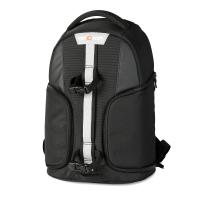
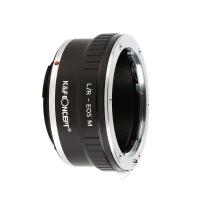

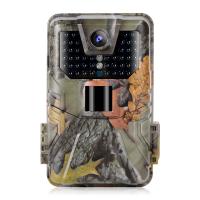
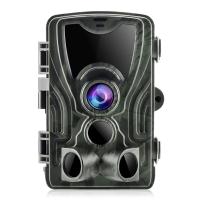

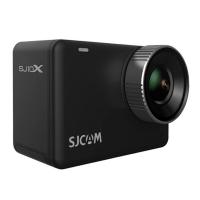

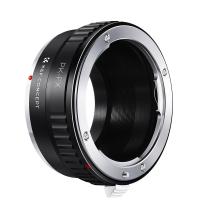
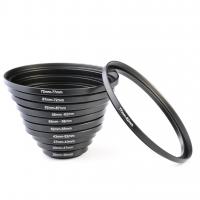

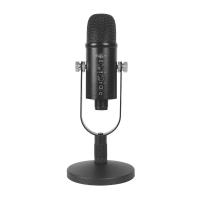
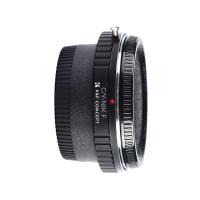



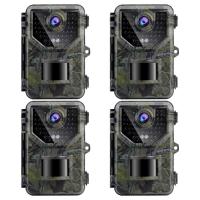
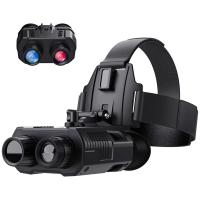



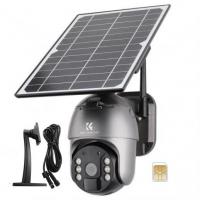




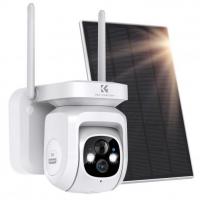


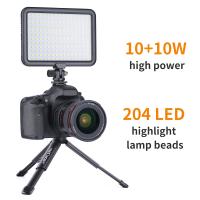


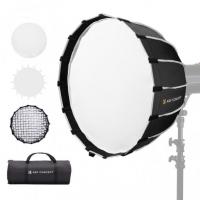



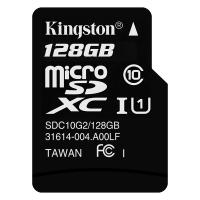
There are no comments for this blog.